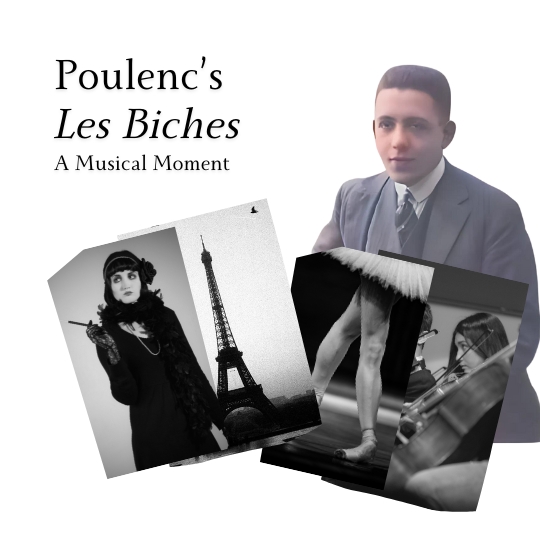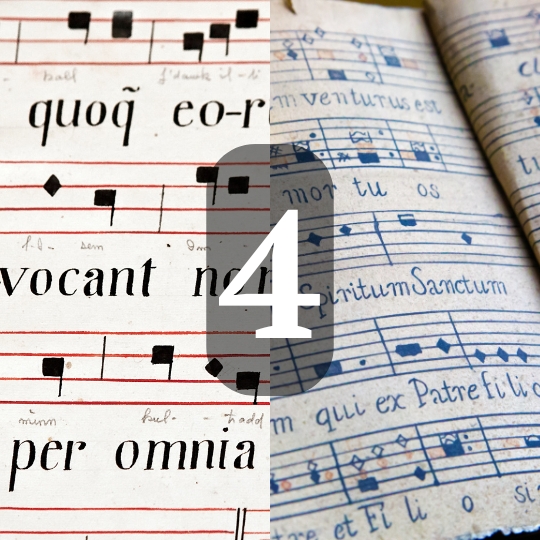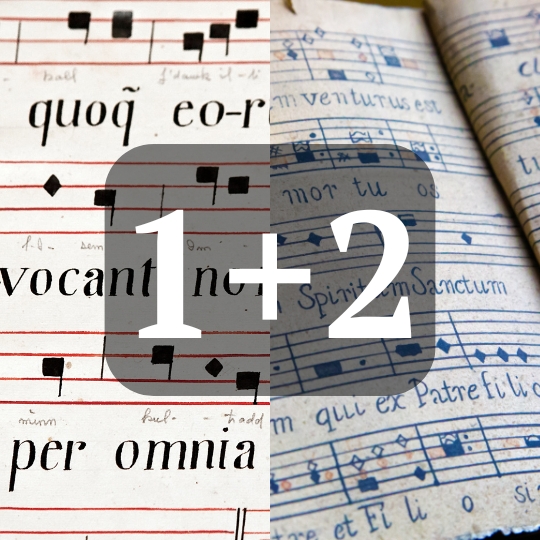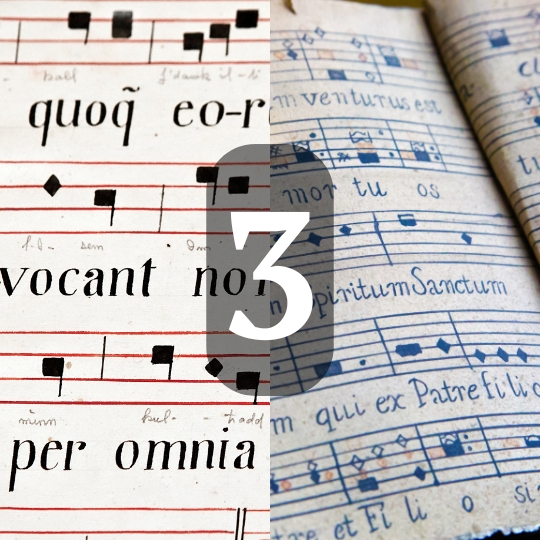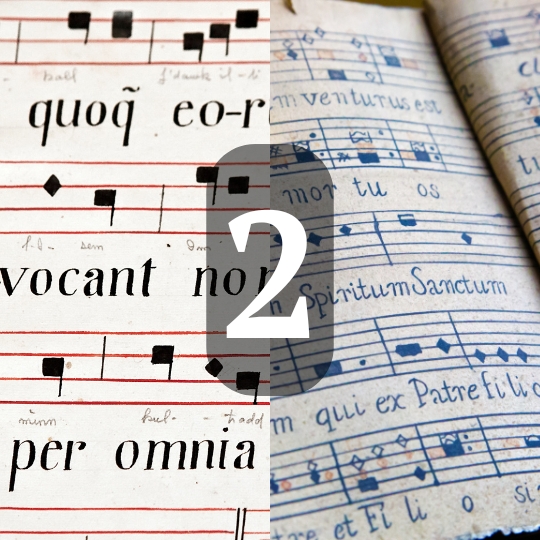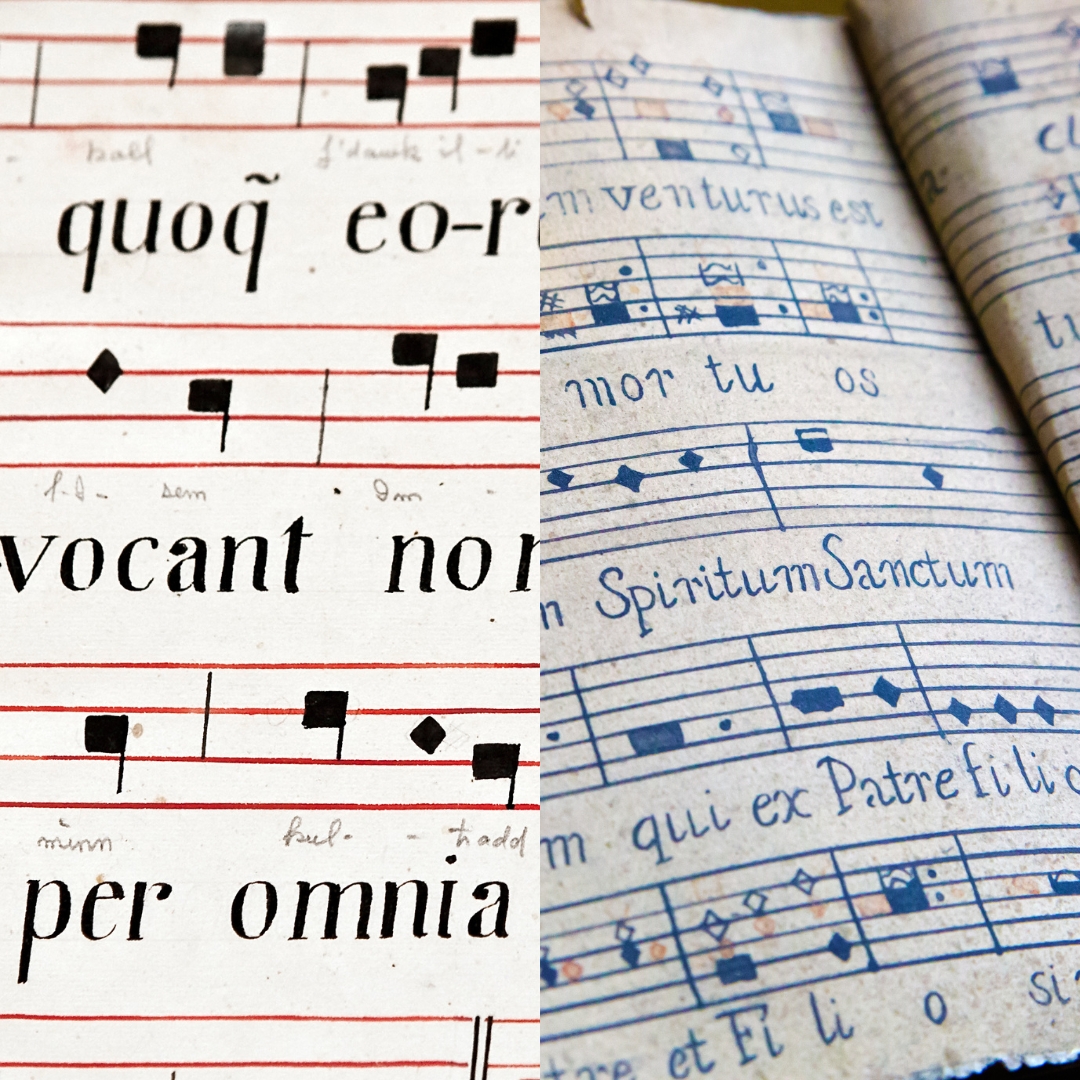George Friedrich Handel’s “Overture” to the Royal Fireworks Music boasts a majestic stately opening that presents a melody and homophonic texture.
Repeating this melody immediately in a similar form, Handel provides a subtle but poignant reharmonisation of the melody.
Where the first statement presents more triadic harmony, the second adds more extensions or tension notes and secondary harmonic colours.
However, I think the emotional poignancy of the reharmonisation here primarily lies in the change of motion.
In comparison to the first statement, the second statement sees more contrary and stepwise motion in the bass, which leans into some very expressive and dissonant passing tones.
Musical Moments is a new series where I focus on larger works—whether in orchestration, length, or complexity—and zoom in on small sections …
Fourth Species Counterpoint is a type of music composition that focuses on creating counterpoint through suspension and syncopation, which means that notes …
Combining 1st and 2nd species counterpoint is where we truly start to unlock counterpoint’s potential as a tool for enhancing our composition …
Continuing from the foundational work in first and second species, third species counterpoint introduces a more intricate rhythmic structure by pairing four …
Continuing our study of species counterpoint from last week, where we looked at counterpoint in the first order / first species, this …
First species counterpoint, often referred to as “note against note” counterpoint, is the foundation of contrapuntal composition. It (First Species Counterpoint) involves …


